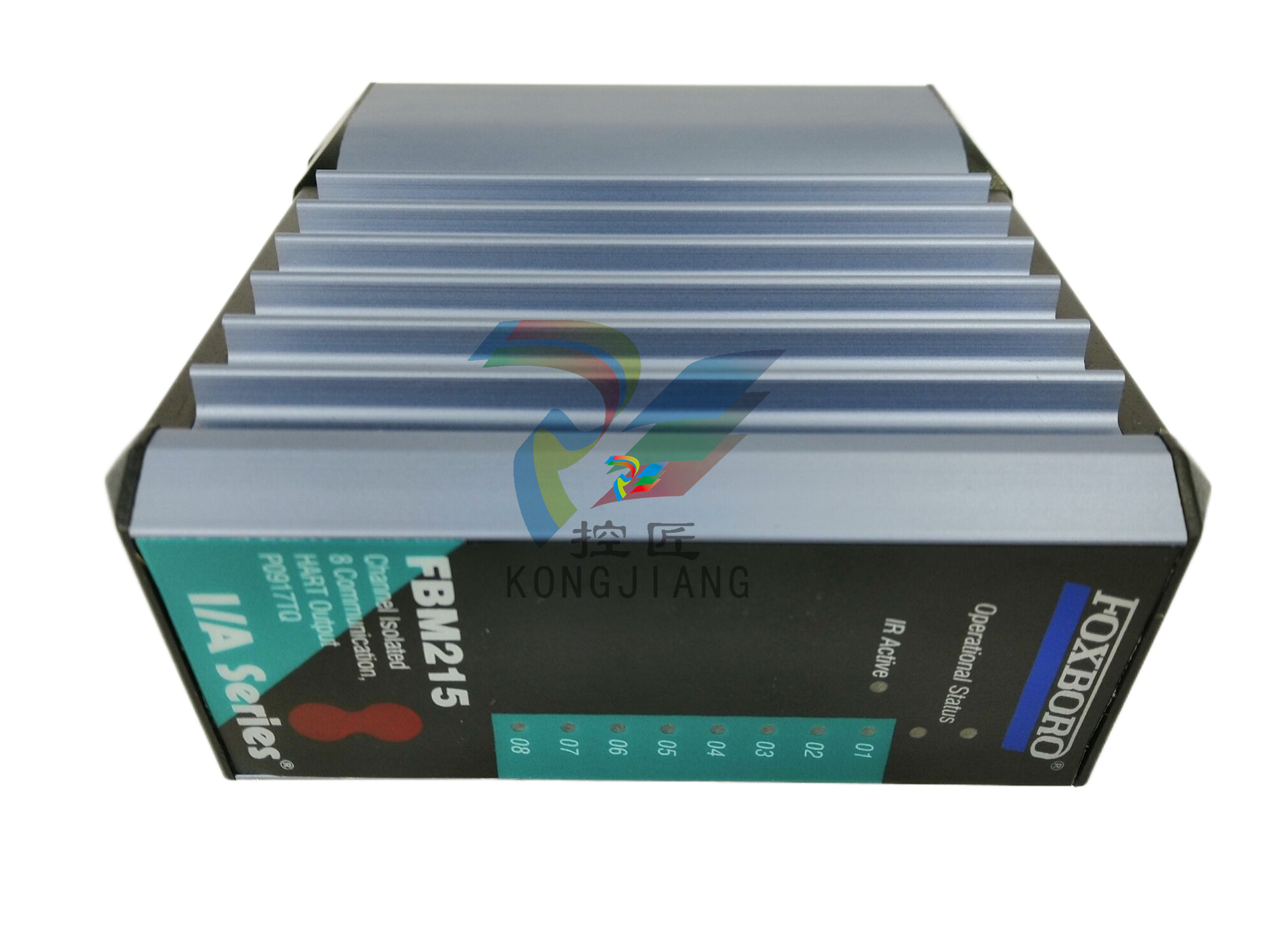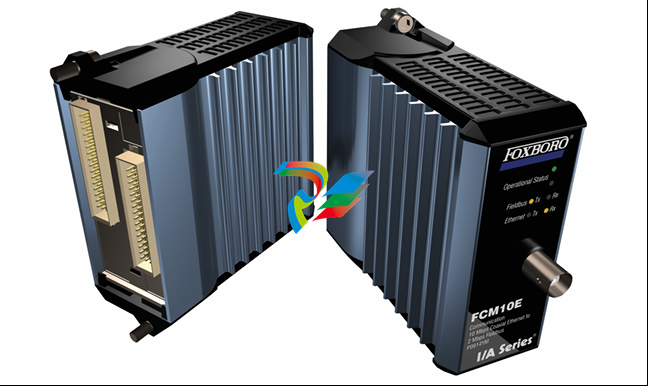
Why Cybersecurity Is Critical When Implementing Automation
Automation is transforming industry. Virtually every process is becoming more efficient and interconnected thanks to the Fourth Industrial Revolution, or Industry 4.0. The trade-off? A greater need for cybersecurity, which sometimes struggles to keep pace with advances in automation.
Improving cybersecurity is vital to keep operations running smoothly and safely. And as interconnectivity increases between robots, smart sensors, factory processes, and the cloud, the risks of hacks or cyberattacks increase greatly. This is especially true in the manufacturing sector, the industry most targeted by cyberattacks.
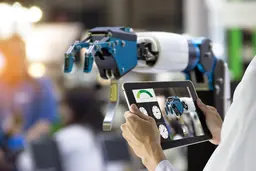
Embrace Automation with Cybersecurity Measures
While automation does increase the need for cybersecurity, it doesn’t mean one should fear automating.
The robotics of yesteryear may have had limited mobility or freedom. But next-gen variants are powered by artificial intelligence (AI) that provides sophisticated decision-making powers and unprecedented mobility and dexterity. The increased risk may seem an inherent aspect of increased intricacy and ubiquity, but it doesn’t have to be if cybersecurity measures are appropriately scaled.
The Internet of Things (IoT) allows for exponentially better and more intelligent production. However, the extensive reach of the IoT allows for cyber threats to reach the shop floor.
Even if a facility’s primary operations are well-guarded, hackers can find small gaps to cripple a company’s production. For example, as control systems are shored up and updated, a thousand other smaller avenues — like smart sensors, machines, and other network-connected entities — may not receive the same attention and inadvertently provide “open doors” for intrusion.
However, organizations can protect themselves.
How Can Organizations Protect Themselves from Cyber Threats?
A devoted security and privacy program with clear, strict governance is crucial. Safety features should be incorporated into products as well as the “ecosystem” of connected devices and processes. Risk management and monitoring systems can evaluate threats in real time, while proper training for engineers and other workers can ensure adherence to safe practices throughout a facility.
Part of the cybersecurity revolution will be product-specific as innovators discover all the things that can go wrong, and the optimal strategies to defuse the risks. This “secure-by-design” strategy extends beyond individual entities to encompass the entire business biome, as threat modeling and security testing are being incorporated into the design of the network architecture.
Improving Cybersecurity Measures
Along with a newfound focus on sharing industry-wide standardization and improving awareness, enhanced cybersecurity measures are set to blossom as fruitfully as the automated systems that are bolstering business production. And in an increasingly automated world, peace of mind is an invaluable gift. Fortunately, there are plenty of readily available resources that highlight the best cybersecurity practices in manufacturing. 













































.jpg)
.jpg)
.jpg)





.jpg)



.png)
.jpg)

.jpg)
_lVjBYb.jpg)

.jpg)
.jpg)



.jpg)
.jpg)







.jpg)

.jpg)
.jpg)











.jpg)




.jpg)
.jpg)
.jpg)
.jpg)
.jpg)
.jpg)
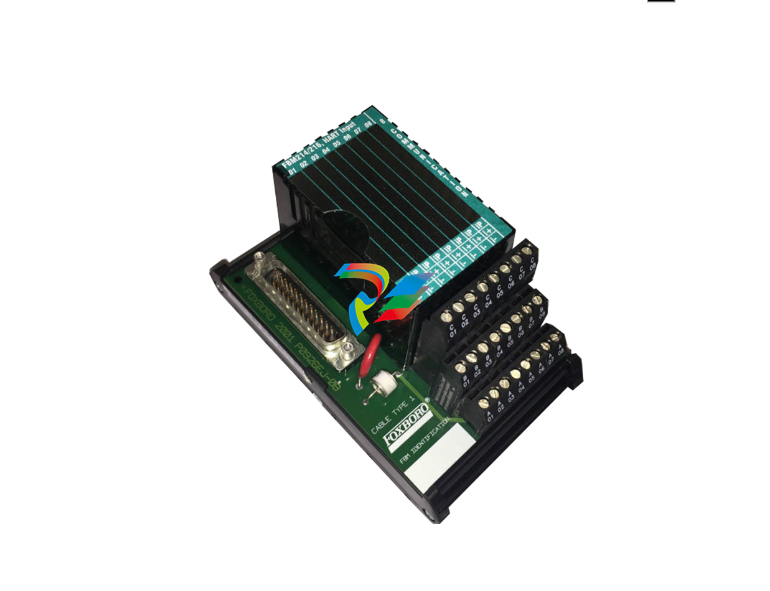
.jpg)
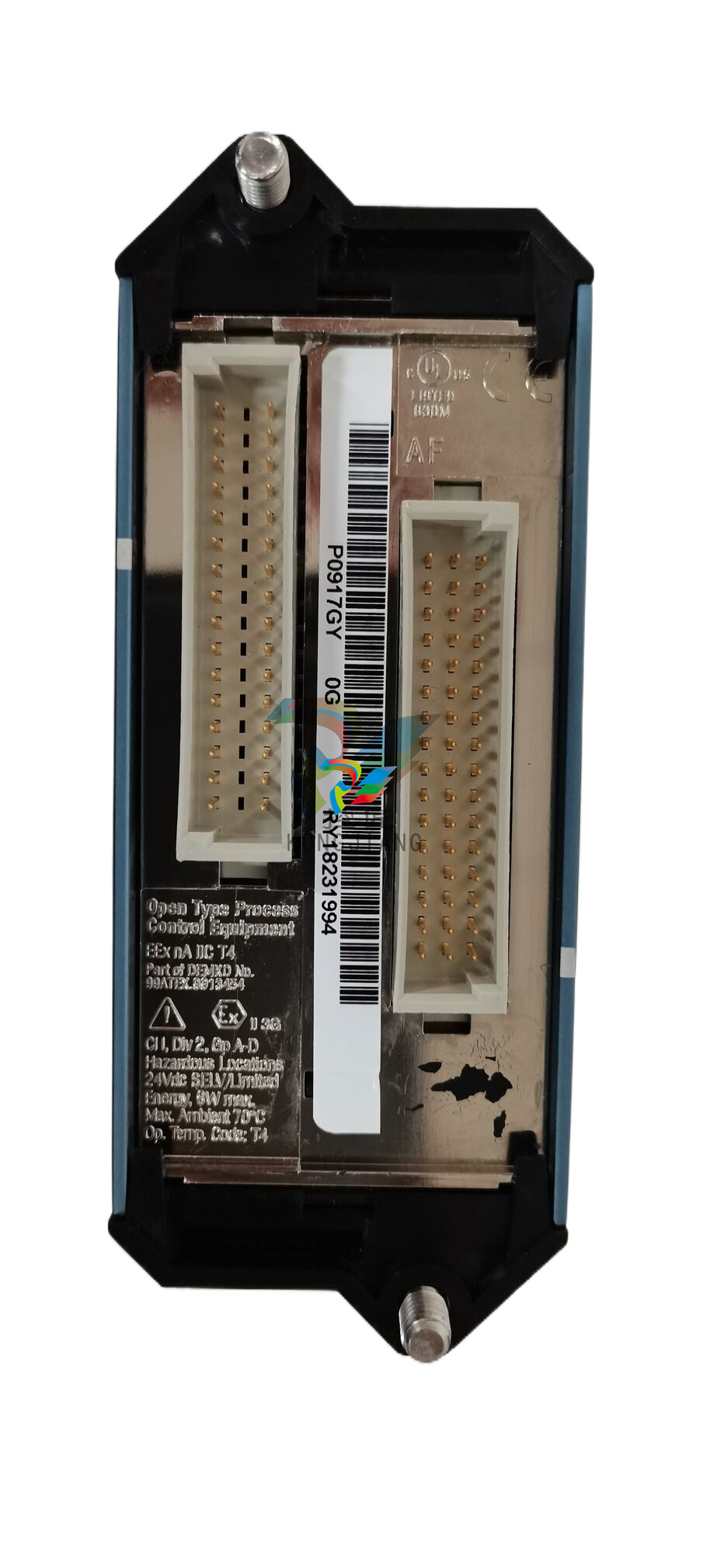
.jpg)
.jpg)
.jpg)
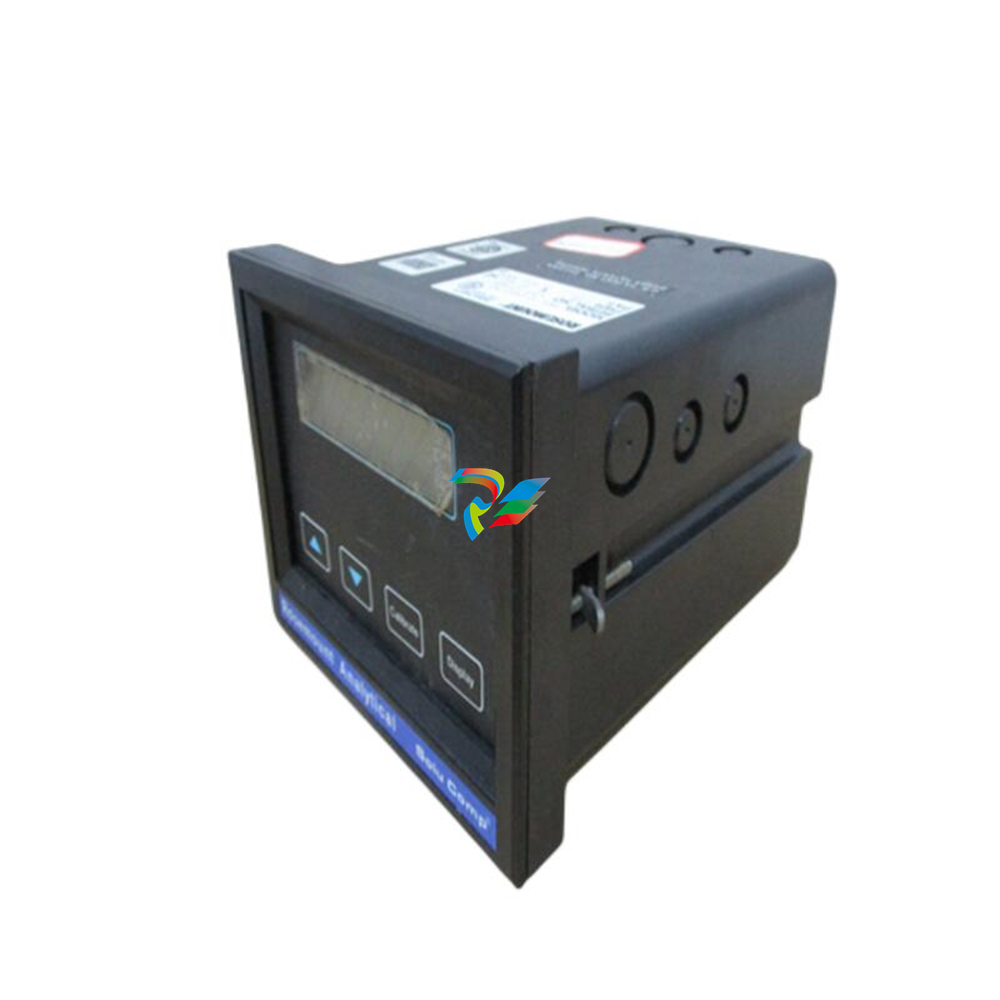
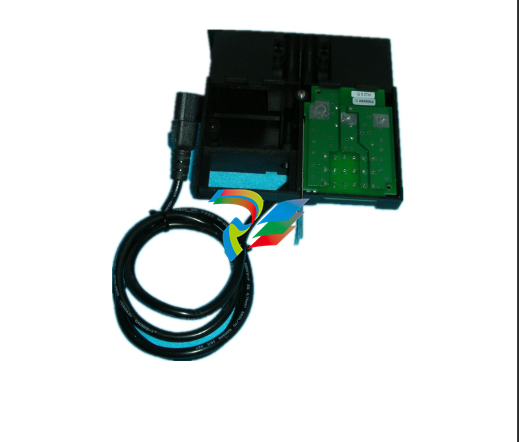
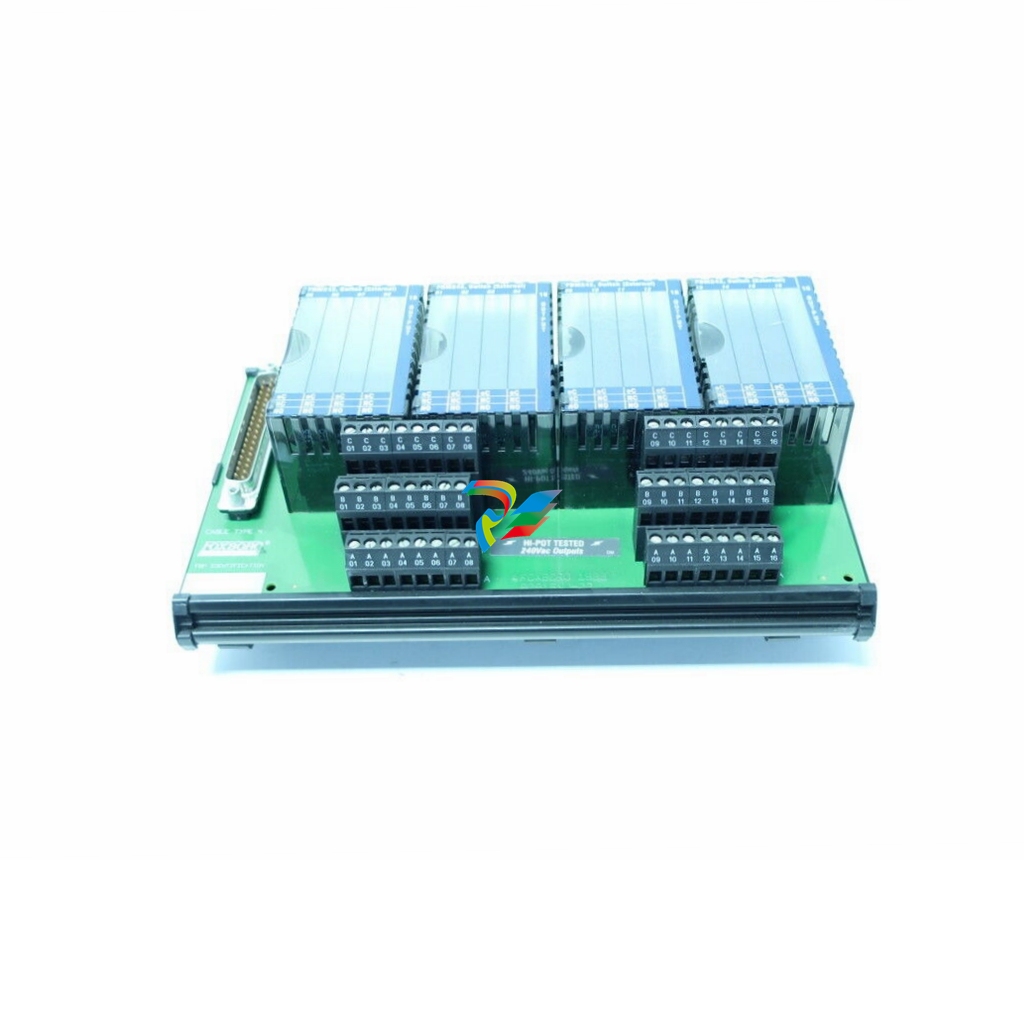


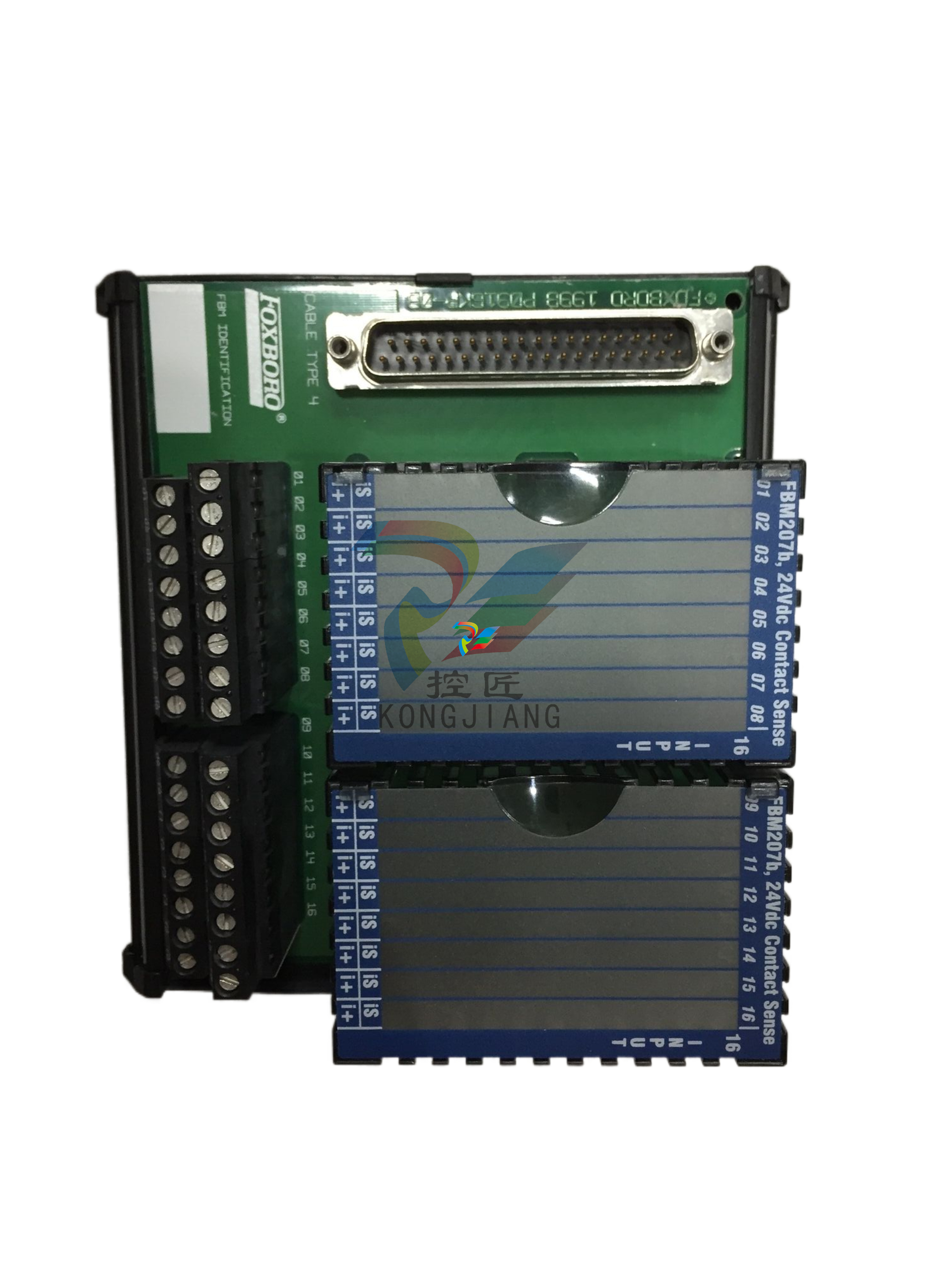
.jpg)
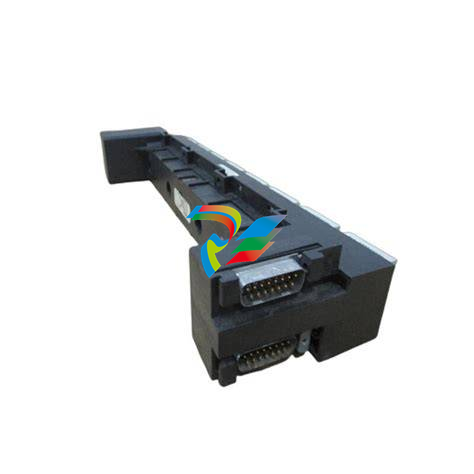
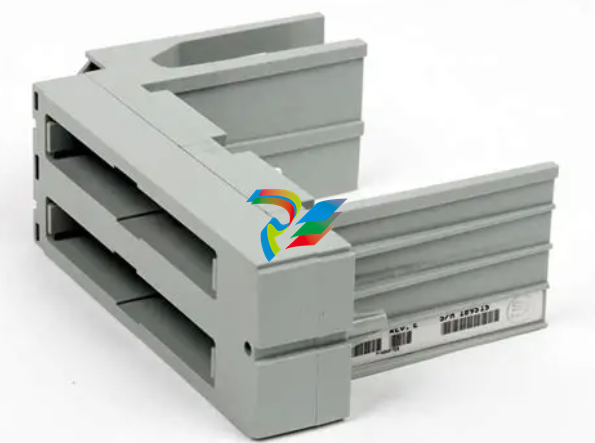
.jpg)
